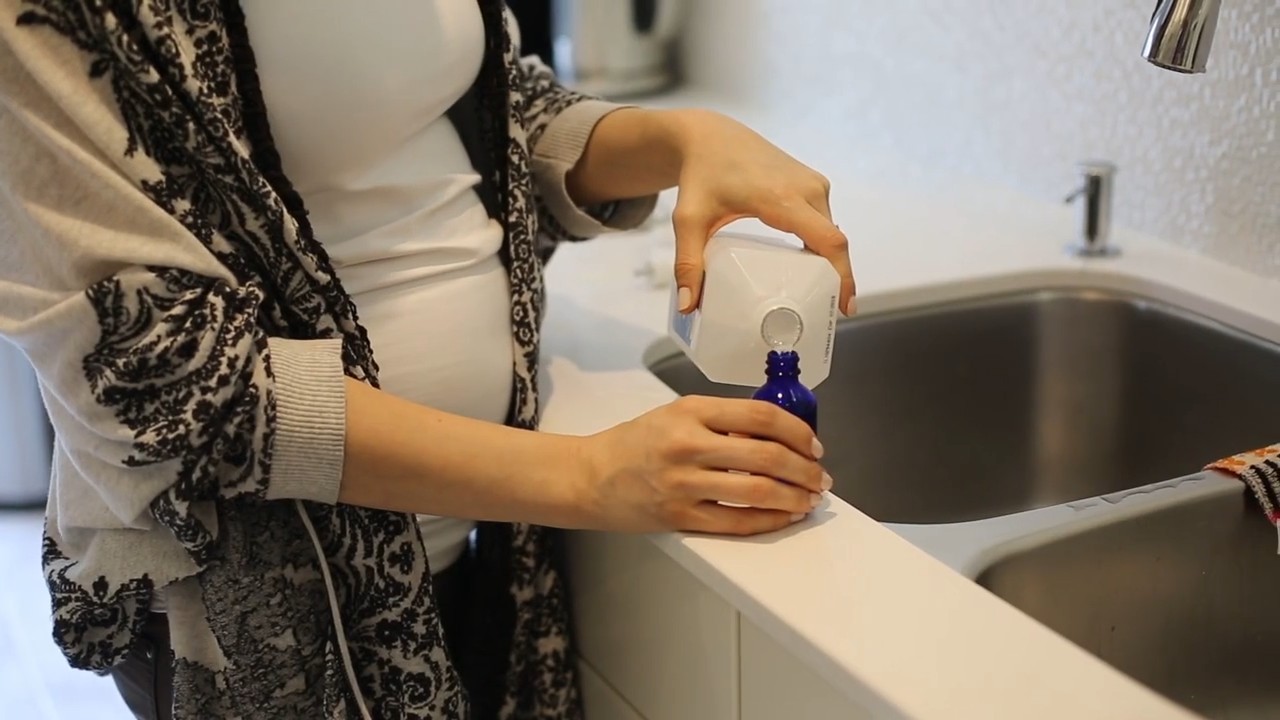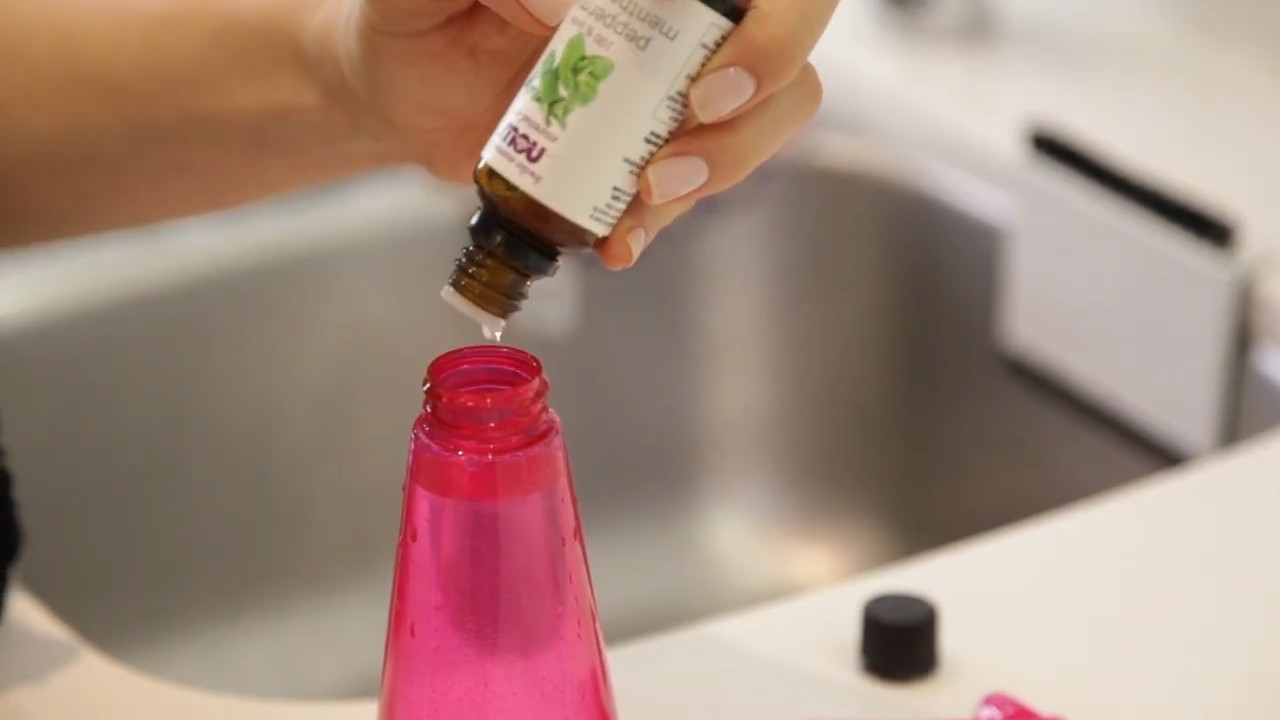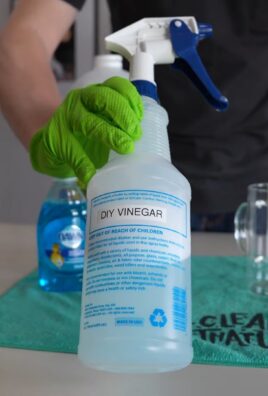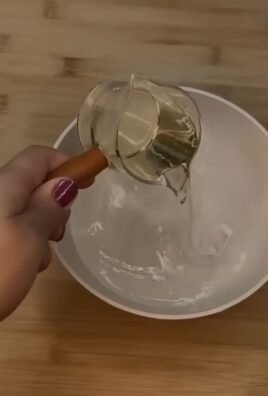Rubbing Alcohol Uses and Tips: Unlock the surprising potential of this household staple! Have you ever looked at that bottle of rubbing alcohol in your cabinet and wondered if it could do more than just disinfect cuts? I certainly have! For generations, rubbing alcohol has been a go-to for first aid, but its applications extend far beyond the medicine cabinet. From cleaning to crafting, and even gardening, this unassuming liquid is a true multi-tasker.
The history of alcohol as a disinfectant dates back centuries, with various cultures utilizing its properties for medicinal purposes. Today, we benefit from refined formulations like rubbing alcohol, readily available and incredibly versatile. But why should you care about these rubbing alcohol uses and tips? Well, in a world where we’re all looking for cost-effective and efficient solutions, understanding the power of rubbing alcohol can save you time, money, and a whole lot of hassle.
This DIY guide will reveal some amazing tricks and hacks that will transform the way you think about rubbing alcohol. Whether you’re battling stubborn stains, seeking a natural cleaning solution, or even looking for creative ways to enhance your home and garden, I’m here to show you how rubbing alcohol can be your secret weapon. Get ready to be amazed by the sheer versatility of this everyday essential!

Unlocking the Magic of Rubbing Alcohol: More Than Just a First-Aid Staple!
Hey there, fellow DIY enthusiasts! I’m about to let you in on a little secret: rubbing alcohol (isopropyl alcohol) is a powerhouse of a product, far beyond just disinfecting cuts and scrapes. Seriously, this stuff is like the Swiss Army knife of household solutions. I’ve been experimenting with it for years, and I’m constantly amazed by its versatility. So, buckle up, because I’m going to share some of my favorite rubbing alcohol hacks that will save you time, money, and maybe even a little sanity!
Cleaning and Disinfecting Like a Pro
Rubbing alcohol’s primary claim to fame is its disinfecting power, and rightfully so! It’s effective against a wide range of bacteria, viruses, and fungi. But I’m not just talking about swabbing a wound. Here’s how I use it to keep my home sparkling and germ-free:
* Sanitizing Surfaces: Forget those expensive disinfectant wipes! I mix a solution of 70% isopropyl alcohol with 30% water in a spray bottle. This is my go-to for wiping down countertops, doorknobs, light switches, and even my phone screen. Just spray and let it air dry.
* Cleaning Electronics: I know, water and electronics don’t mix, but rubbing alcohol is a different story. It evaporates quickly, making it safe for cleaning keyboards, mice, and even the exterior of your laptop. Just make sure the device is turned off and unplugged first! I use a cotton swab dipped in alcohol to gently clean around the keys and ports.
* Freshening Up Shoes: Shoes can get pretty stinky, especially after a workout. I spray the inside of my shoes with rubbing alcohol to kill odor-causing bacteria. Let them air dry completely before wearing them again.
* Cleaning Makeup Brushes: This is a game-changer for anyone who wears makeup regularly. Dirty brushes can harbor bacteria that can cause breakouts. I soak my brushes in a small container of rubbing alcohol for a few minutes, then rinse them with water and let them air dry. They’ll be clean, soft, and ready to use!
Removing Stubborn Stains and Residue
Okay, this is where things get really interesting. Rubbing alcohol is a surprisingly effective stain remover. I’ve used it to tackle everything from ink to permanent marker.
* Ink Stains: I’ve saved countless shirts from the dreaded ink stain with this trick. I simply dab the stain with a cotton ball soaked in rubbing alcohol, working from the outside in. Blot with a clean cloth and repeat until the stain is gone. Then, launder as usual.
* Permanent Marker: Yes, you read that right! Rubbing alcohol can even remove permanent marker from some surfaces. I’ve successfully used it on whiteboards, countertops, and even some fabrics. Just test it in an inconspicuous area first to make sure it doesn’t damage the surface.
* Sticky Residue: Those pesky stickers that leave behind a sticky residue? Rubbing alcohol to the rescue! I soak a cotton ball in alcohol and hold it on the residue for a few seconds to soften it. Then, I wipe it away with a clean cloth.
* Grease Stains: While not a miracle worker on heavy grease, rubbing alcohol can help lift lighter grease stains from clothing. I apply it directly to the stain, let it sit for a few minutes, and then launder as usual.
Beauty and Personal Care Hacks
Believe it or not, rubbing alcohol has some surprising beauty and personal care applications. I’ve discovered some real gems over the years.
* DIY Hand Sanitizer: With the right ingredients, you can make your own effective hand sanitizer. I mix 2/3 cup of 99% isopropyl alcohol with 1/3 cup of aloe vera gel. Add a few drops of essential oil for fragrance, if desired. Store in a small bottle and use as needed.
* Treating Acne: I know, it sounds counterintuitive to put alcohol on your face, but rubbing alcohol can help dry out pimples and reduce inflammation. I dab a small amount on the affected area with a cotton swab. Be careful not to overdo it, as it can be drying.
* Removing Nail Polish: Ran out of nail polish remover? Rubbing alcohol can work in a pinch. It takes a little more effort than traditional remover, but it will get the job done. I soak a cotton ball in alcohol and hold it on the nail for a few seconds, then wipe away the polish.
* Soothing Bug Bites: Rubbing alcohol can help relieve the itching and inflammation associated with bug bites. I dab a small amount on the bite with a cotton swab.
* Cleaning Earbuds: Earbuds can get pretty gross with earwax and debris. I clean mine regularly with a cotton swab dipped in rubbing alcohol. This helps prevent infections and keeps them sounding their best.
Home and Garden Solutions
From preventing frost on your windshield to keeping your plants healthy, rubbing alcohol can be a valuable tool in your home and garden.
* Defrosting Windshields: In the winter, I keep a spray bottle filled with rubbing alcohol in my car. When my windshield is frosted over, I spray it with the alcohol and watch the frost melt away. It’s much faster and easier than scraping!
* Killing Fruit Flies: Fruit flies are a nuisance, especially in the summer. I fill a small bowl with rubbing alcohol and leave it out near where the flies are congregating. They’re attracted to the alcohol and will fall in and drown.
* Cleaning Garden Tools: I disinfect my garden tools with rubbing alcohol to prevent the spread of plant diseases. I simply wipe them down with a cloth soaked in alcohol after each use.
* Preventing Ice on Door Locks: To prevent my car door locks from freezing in the winter, I spray them with rubbing alcohol. The alcohol displaces the water and prevents it from freezing.
Step-by-Step Guides for Specific Hacks
Let’s dive into some specific projects with detailed instructions:
DIY Hand Sanitizer
This is a must-have, especially when you’re on the go.
1. Gather Your Supplies: You’ll need 2/3 cup of 99% isopropyl alcohol, 1/3 cup of aloe vera gel, a few drops of essential oil (optional), a mixing bowl, a spoon, and a small bottle with a lid.
2. Combine Ingredients: In the mixing bowl, combine the isopropyl alcohol and aloe vera gel.
3. Add Essential Oil (Optional): If you’re using essential oil, add a few drops to the mixture. I like lavender or tea tree oil for their antibacterial properties.
4. Mix Well: Stir the ingredients together until they are thoroughly combined.
5. Pour into Bottle: Carefully pour the hand sanitizer into the small bottle.
6. Use as Needed: Apply a small amount to your hands and rub them together until dry.
Cleaning Makeup Brushes
Keep your brushes clean and your skin happy!
1. Gather Your Supplies: You’ll need rubbing alcohol, a small container, and your makeup brushes.
2. Pour Alcohol into Container: Pour enough rubbing alcohol into the container to cover the bristles of your brushes.
3. Soak Brushes: Place your brushes in the container, bristles down, and let them soak for a few minutes.
4. Rinse Brushes: Remove the brushes from the container and rinse them thoroughly with water.
5. Dry Brushes: Gently squeeze out any excess water and reshape the bristles. Lay the brushes flat on a clean towel to air dry.
Removing Ink Stains from Clothing
Don’t toss that favorite shirt just yet!
1. Gather Your Supplies: You’ll need rubbing alcohol, cotton balls, and a clean cloth.
2. Test in an Inconspicuous Area: Before applying alcohol to the stain, test it in an inconspicuous area of the garment to make sure it doesn’t damage the fabric.
3. Dab the Stain: Soak a cotton ball in rubbing alcohol and gently dab the stain, working from the outside in.
4. Blot with Clean Cloth: Blot the stain with a clean cloth to absorb the ink.
5. Repeat as Needed: Repeat steps 3 and 4 until the stain is gone.
6. Launder as Usual: Launder the garment as usual.
Important Safety Precautions
Before you go wild with rubbing alcohol, it’s important to keep these safety precautions in mind:
* Ventilation: Always use rubbing alcohol in a well-ventilated area.
* Flammability: Rubbing alcohol is flammable, so keep it away from heat, sparks, and open flames.
* Ingestion: Do not ingest rubbing alcohol. It is toxic.
* Skin Irritation: Rubbing alcohol can be drying and irritating to

Conclusion
So, there you have it! Unlocking the power of rubbing alcohol goes far beyond just disinfecting cuts and scrapes. As we’ve explored, this readily available and inexpensive liquid is a true multi-tasker, capable of tackling a surprising array of household challenges. From streak-free window cleaning to reviving dried-out markers, from banishing stubborn stains to creating effective DIY sanitizers, the versatility of rubbing alcohol is truly remarkable.
But why is this DIY approach a must-try? Simply put, it’s about efficiency, cost-effectiveness, and control. Many commercial cleaning products are packed with harsh chemicals that can be harmful to your health and the environment. By using rubbing alcohol, you’re opting for a simpler, more natural solution that often works just as well, if not better. Plus, you’ll save money by reducing your reliance on expensive, specialized cleaners. You’re also in control of the ingredients, ensuring that you’re not exposing yourself or your family to unwanted toxins.
Consider these variations to further tailor your rubbing alcohol solutions:
* **Scented Cleaning:** Add a few drops of your favorite essential oil (like lavender, lemon, or eucalyptus) to your rubbing alcohol cleaning solutions for a pleasant aroma.
* **Extra Strength Disinfectant:** For surfaces that require a higher level of disinfection, combine rubbing alcohol with a small amount of hydrogen peroxide. Remember to always test this mixture in an inconspicuous area first.
* **Gentle Fabric Refresher:** Dilute rubbing alcohol with water and a touch of fabric softener in a spray bottle to create a gentle fabric refresher for clothes, upholstery, and linens.
We’ve armed you with the knowledge and inspiration to transform your cleaning routine and tackle everyday problems with the power of rubbing alcohol. Now, it’s your turn to put these tips into action! We encourage you to experiment with these DIY solutions and discover the many ways that rubbing alcohol can simplify your life.
Don’t be afraid to get creative and adapt these techniques to suit your specific needs. The possibilities are endless! And most importantly, we want to hear about your experiences. Share your successes, your challenges, and your unique applications of rubbing alcohol in the comments below. Let’s build a community of resourceful DIYers who are passionate about finding simple, effective solutions to everyday problems. Your insights could inspire others and help us all unlock the full potential of this amazing substance. So, go ahead, give it a try, and let us know what you discover! Embrace the power of **rubbing alcohol** and experience the difference it can make in your home and beyond.
Frequently Asked Questions (FAQ)
Is rubbing alcohol safe to use around children and pets?
While rubbing alcohol is a versatile cleaning agent, it’s crucial to exercise caution when using it around children and pets. Rubbing alcohol is toxic if ingested, and even inhalation of concentrated vapors can be harmful. Always store rubbing alcohol out of reach of children and pets, preferably in a locked cabinet. When using rubbing alcohol for cleaning, ensure adequate ventilation to prevent the buildup of fumes. Avoid using it on surfaces that children or pets might lick or chew. If you suspect that a child or pet has ingested rubbing alcohol, seek immediate medical or veterinary attention. Consider using safer alternatives, such as vinegar or baking soda, for cleaning tasks in areas where children and pets are frequently present.
What is the difference between isopropyl alcohol and ethyl alcohol?
Both isopropyl alcohol and ethyl alcohol are types of alcohol that can be used as disinfectants and solvents, but they have some key differences. Isopropyl alcohol, also known as rubbing alcohol, is typically 70% or 91% alcohol by volume. It’s commonly used for disinfecting surfaces, cleaning electronics, and as a solvent for various applications. Ethyl alcohol, also known as ethanol or grain alcohol, is the type of alcohol found in alcoholic beverages. It’s also used in some hand sanitizers and cleaning products. While both alcohols can be effective disinfectants, isopropyl alcohol is generally considered to be more potent for surface disinfection. Ethyl alcohol is often preferred for hand sanitizers because it’s less drying to the skin. The key difference lies in their chemical structure and intended uses, with isopropyl alcohol being primarily for external use and ethyl alcohol being suitable for both external and internal (in diluted and regulated forms) applications.
Can I use rubbing alcohol to clean my electronic devices?
Yes, rubbing alcohol can be used to clean electronic devices, but it’s essential to do so carefully. Use isopropyl alcohol with a concentration of 70% or higher, as it evaporates quickly and is less likely to damage sensitive components. Before cleaning, turn off the device and unplug it from any power source. Dampen a lint-free cloth with rubbing alcohol and gently wipe the surface of the device. Avoid spraying rubbing alcohol directly onto the device, as this could cause liquid to seep into internal components. For hard-to-reach areas, such as keyboards or charging ports, use a cotton swab dipped in rubbing alcohol. Allow the device to dry completely before turning it back on. Avoid using rubbing alcohol on screens with special coatings, as it could damage the coating. Always test a small, inconspicuous area first to ensure that the rubbing alcohol doesn’t damage the device.
Will rubbing alcohol damage painted surfaces or fabrics?
Rubbing alcohol can potentially damage painted surfaces and fabrics, so it’s crucial to test it in an inconspicuous area before applying it to a larger area. The effect of rubbing alcohol on painted surfaces depends on the type of paint and the concentration of the alcohol. Some paints may be resistant to rubbing alcohol, while others may become discolored or softened. Similarly, rubbing alcohol can damage certain fabrics, especially delicate ones like silk or rayon. It can cause discoloration, fading, or even dissolve the fibers. Always test rubbing alcohol on a hidden area of the painted surface or fabric to check for any adverse reactions. If you notice any damage, avoid using rubbing alcohol on that surface or fabric. For painted surfaces, consider using a mild soap and water solution instead. For fabrics, consult the care label for specific cleaning instructions.
How can I make my own hand sanitizer using rubbing alcohol?
Making your own hand sanitizer using rubbing alcohol is a simple and effective way to protect yourself from germs. The Centers for Disease Control and Prevention (CDC) recommends using a hand sanitizer with at least 60% alcohol to kill most germs. To make your own hand sanitizer, combine 2/3 cup of 99% isopropyl alcohol (or 3/4 cup of 70% isopropyl alcohol) with 1/3 cup of aloe vera gel. The aloe vera gel helps to moisturize your hands and prevent them from drying out. Mix the ingredients thoroughly until they are well combined. You can also add a few drops of essential oil, such as lavender or tea tree oil, for fragrance and added antibacterial properties. Pour the mixture into a clean, empty bottle with a pump or squeeze top. Use the hand sanitizer as needed, applying it to your hands and rubbing them together until they are dry. Remember that homemade hand sanitizer may not be as effective as commercially produced hand sanitizers, so it’s still important to wash your hands with soap and water whenever possible.




Leave a Comment